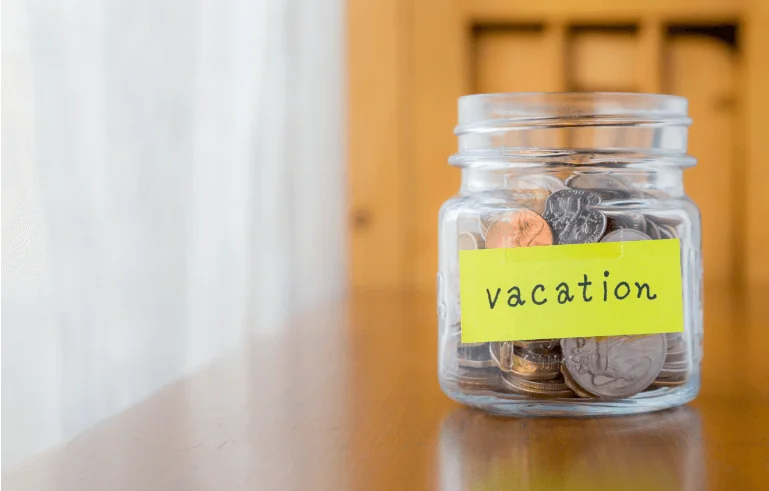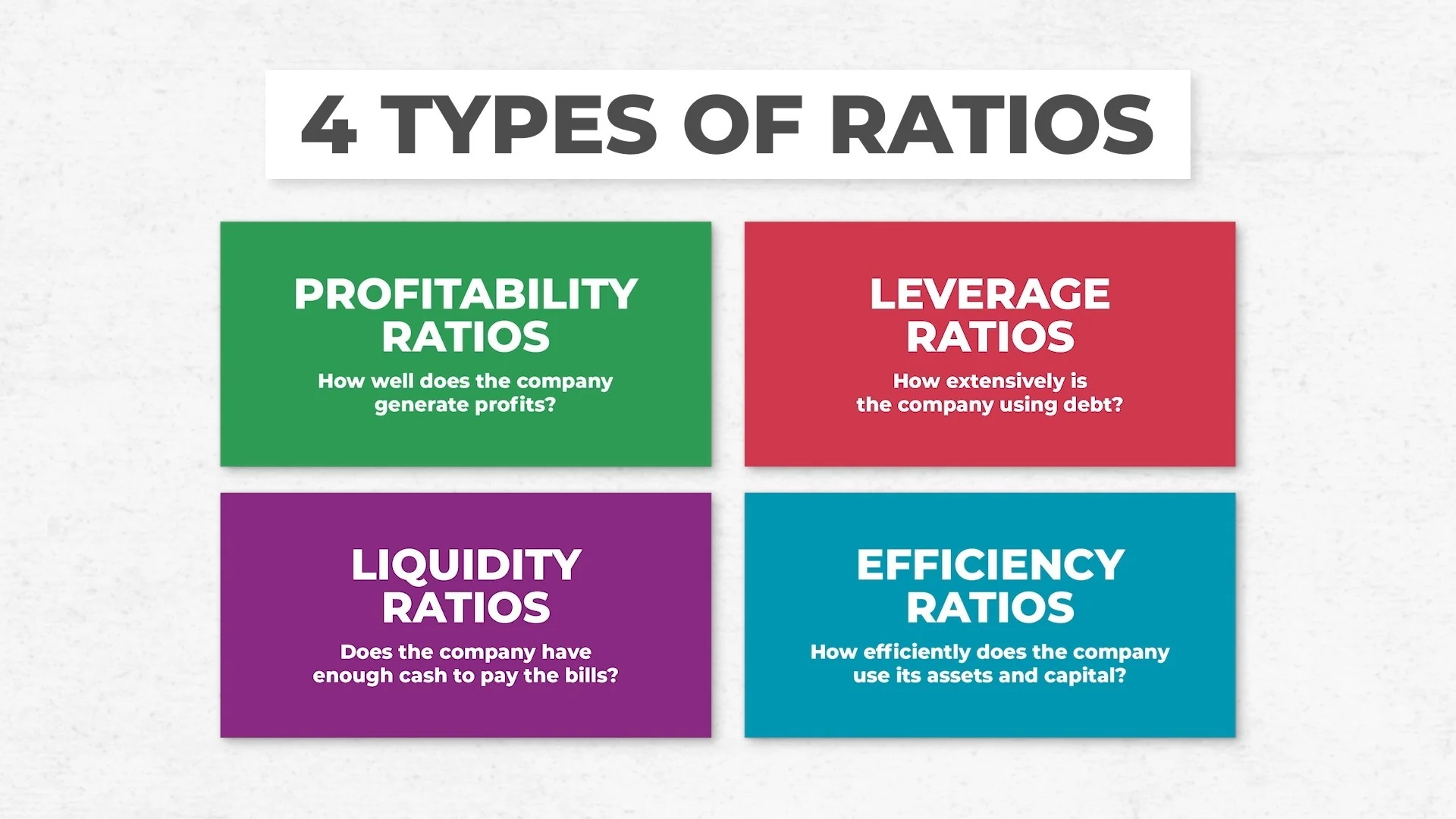Life has a way of pulling us along with its currents, and our commitments and routines often determine how much we spend each day. No matter what, the hope of a healing vacation is still there, a guiding light through all the good and bad times. But in order to make that desire a reality instead of just wishful thinking, you need to be disciplined and plan how you will save. It can be very tempting to want instant gratification, but learning to save for a trip is a very rewarding task that can lead to great adventures and much-needed breaks from everyday life.
Setting a specific limit on how much you can spend is one of the most important parts of saving for a vacation. The point isn’t just to add up all your spending; it’s to find out where your money is going and how you can save more. First, figure out how much money you make from each source. Next, write down a full list of all your regular expenses, like rent or mortgage, utilities, food, and gas. You shouldn’t forget about less regular but just as important expenses like insurance premiums and yearly subscriptions. When you have a clear picture of your finances, you might start to see places where you can cut back on discretionary spending. It could mean cutting back on a few dinners out each month or cutting back on your daily coffee habit. The goal isn’t to get rid of all the fun things in your life; it’s to purposefully move resources toward your vacation goal. You could see it as a short-term change to your finances that will help you reach a long-term goal.
A very good plan goes beyond the first phase of budgeting and includes setting up a separate savings account for your vacation money. Separating your money in a physical way sends a strong mental message that you don’t want to spend your vacation money on anything else. Also, the ability to automate transactions into this account will change everything. Sending a set amount automatically, whether it’s weekly, bi-weekly, or monthly, takes the burden of decision-making off your shoulders right away and guarantees ongoing growth. This “set it and forget it” method uses the power of habit to make saving money a regular part of your financial routine instead of an extra. Even small amounts of money that are paid automatically every month add up over time, and you’ll be amazed at how quickly your vacation money grows.
Taking “found money” is another very effective strategy. “Windfall” is money that you obtain that you didn’t expect or plan for. Think about things like cash back, bonuses, gifts, or even the money you would have saved if you had gotten a better deal. Instead of using this money for everyday things, save a big chunk of it—or even all of it—for your vacation fund. This strategy speeds up your savings progress a lot because these unexpected benefits act as strong accelerators. The same is true when you think about how you might be able to make some extra money. You might have some extra stuff at home that you could sell to make some extra money, or you could work as a freelancer. You can easily turn extra time or assets into vacation money by working a few extra hours. This will help you a lot in making your travel dreams come true.
Also, it helps to picture your trip and break it down into specific financial goals. Instead of just picturing “a trip to the beach,” think about the details of your trip and how much money you’ll need for transportation, lodging, entertainment, and food. You can keep track of your progress more easily and have something to aim for when you have a specific number. You can make your goal easier to reach by breaking it down into smaller weekly or monthly savings goals. To do this, divide the goal by the number of months or weeks you have to save. Setting SMART goals for your savings goals makes the whole process much easier. These goals should be clear, quantifiable, attainable, pertinent, and time-sensitive. Checking in on your progress toward these goals on a regular basis is a great way to stay motivated. This will help you stay strong and motivated for the great things that are coming up.
Lastly, consider making some small, smart compromises that fit with your holiday goals. These might be the most fun. This isn’t about restriction; it’s about making choices on purpose. Can you bring your own lunch to work some days instead of buying it? You could try a cheaper coffee blend or look for free entertainment options instead of expensive ones for a while. When you add up these small changes over time, they can save you a lot of money. Don’t see these choices as setbacks; see them as investments in the vacation of your dreams. These smart choices make each dollar you save on that perfect vacation more meaningful and exciting. Putting money aside for a vacation isn’t about saving money; it’s about living life to the fullest. It’s about making smart choices with your money now so you can have amazing experiences in the future. It’s about creating a sense of accomplishment and excitement so that the trip is almost as good as the goal.






